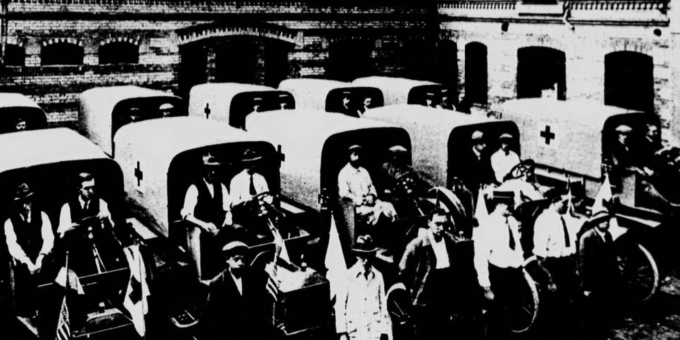
Ambulances evolved out of the need to get wounded soldiers off the battlefields and into the hands of surgeons and doctors.
For civilians, doctors would perform home visits. People who were wounded away from home were carted or driven to the hospitals and doctor’s offices. There was no need for civilian ambulances in earlier times.
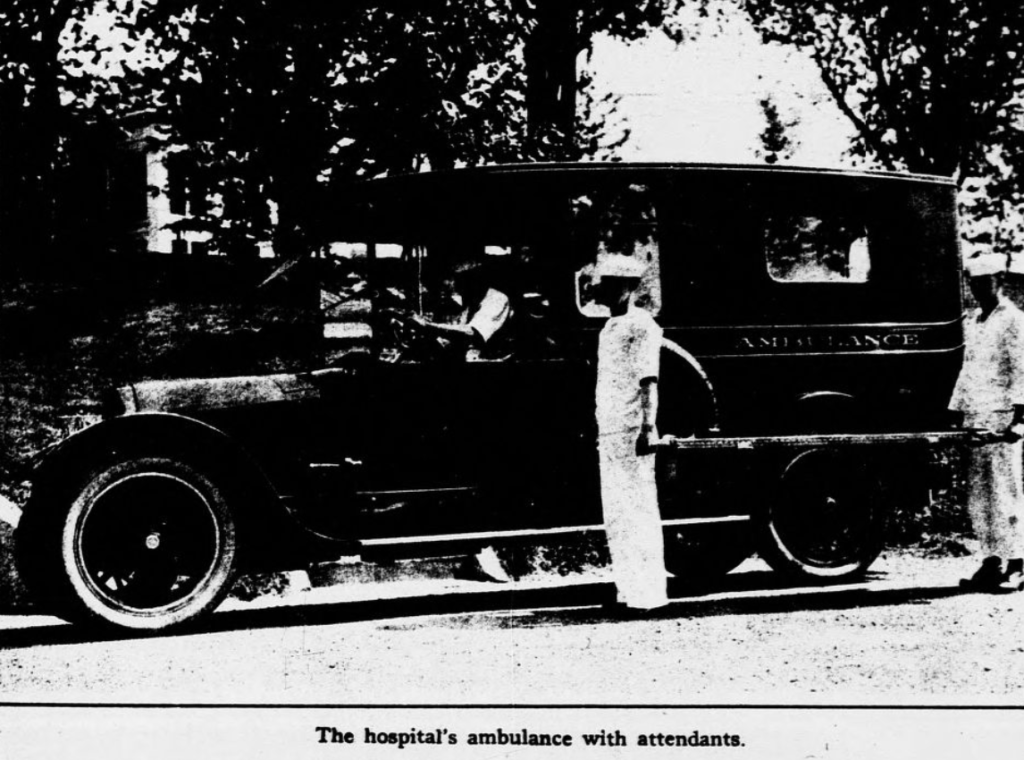
Soldiers and Warriors Left on the Field
For thousands of years, battlefields were gruesome places where the injured and wounded were left to die out in the elements.
Throughout history, those who survived were left to fend for themselves – which often meant that they would be dragged away by other soldiers that had survived the battle.
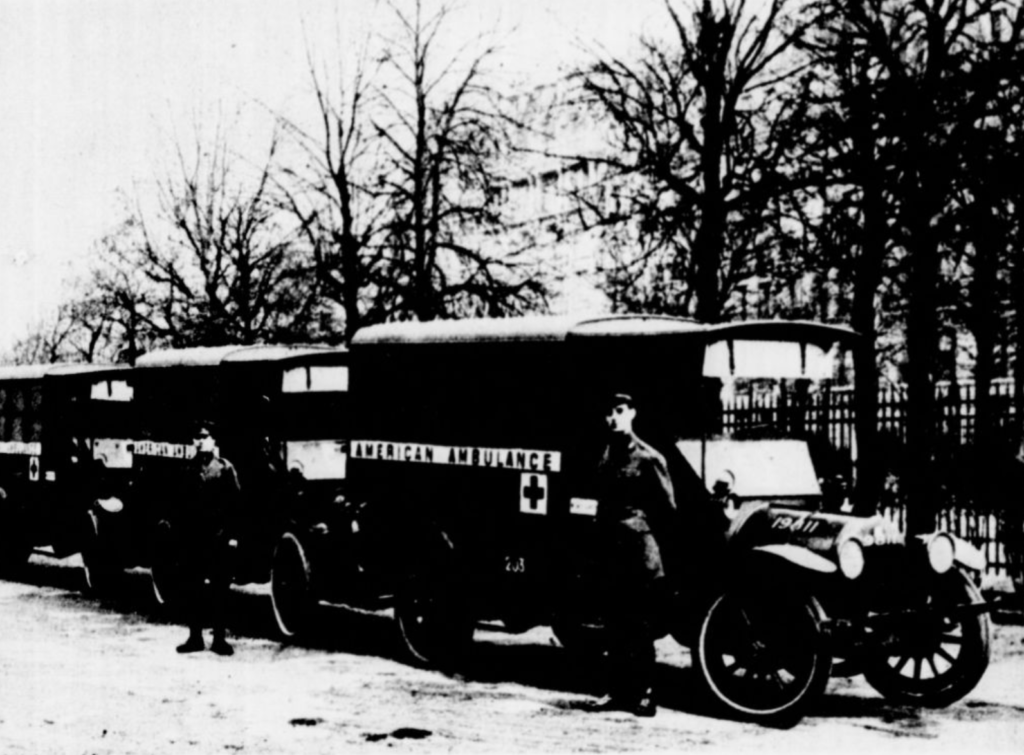
Italy was First
In 1244, Italy’s Misericordia di Firenze was founded. This confraternity (a brotherhood based on charity/religion) began taking the sick to the hospitals, taking charge of the burial of the dead, and doing other good deeds.
They were the first founded emergency care service and eventually used horse-drawn carriages specifically for taking the sick and wounded to hospitals.
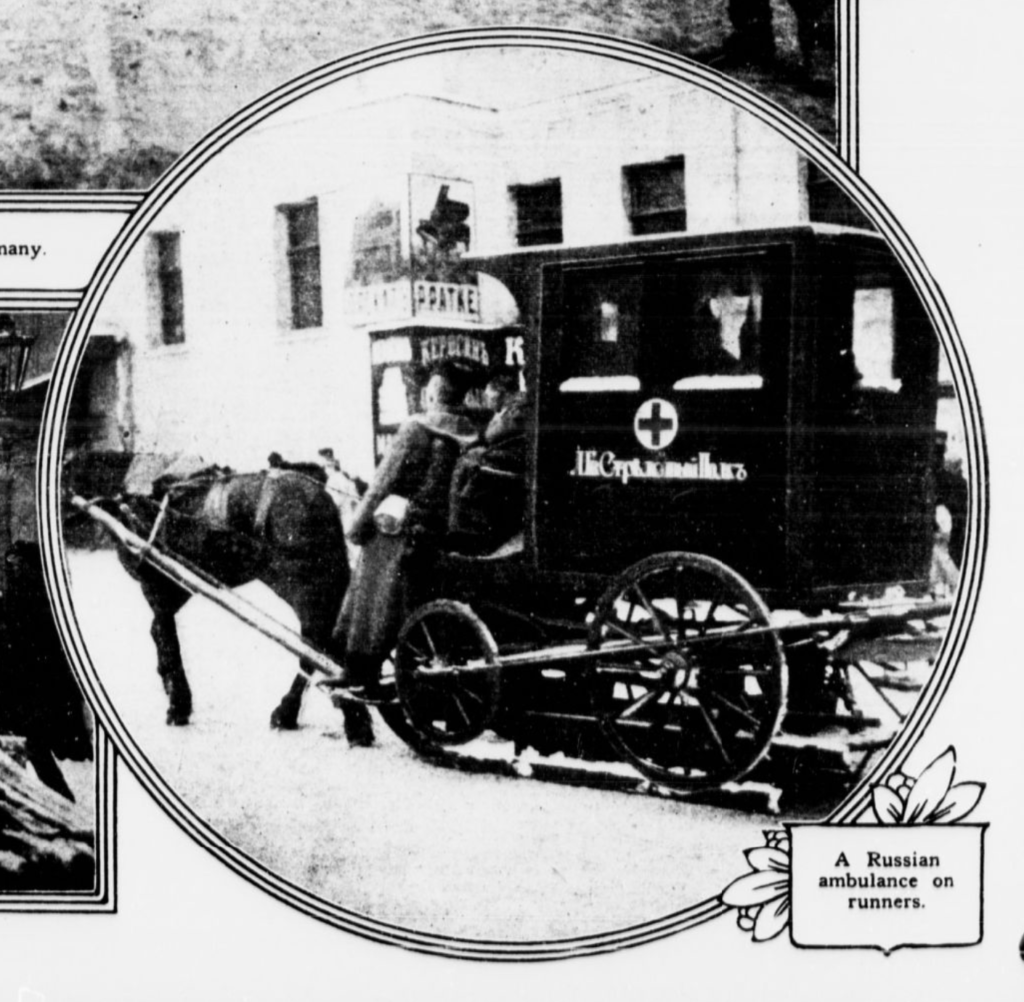
Medical Litters Hit the Battlefields
It wasn’t until 1792 that official ambulances arrived on the battlefields.
It was French army surgeon Baron Dominique-Jean Larrey who organized the ambulances volantes. These early ambulances were nothing more than covered litters filled with medical equipment to be used on the front lines.
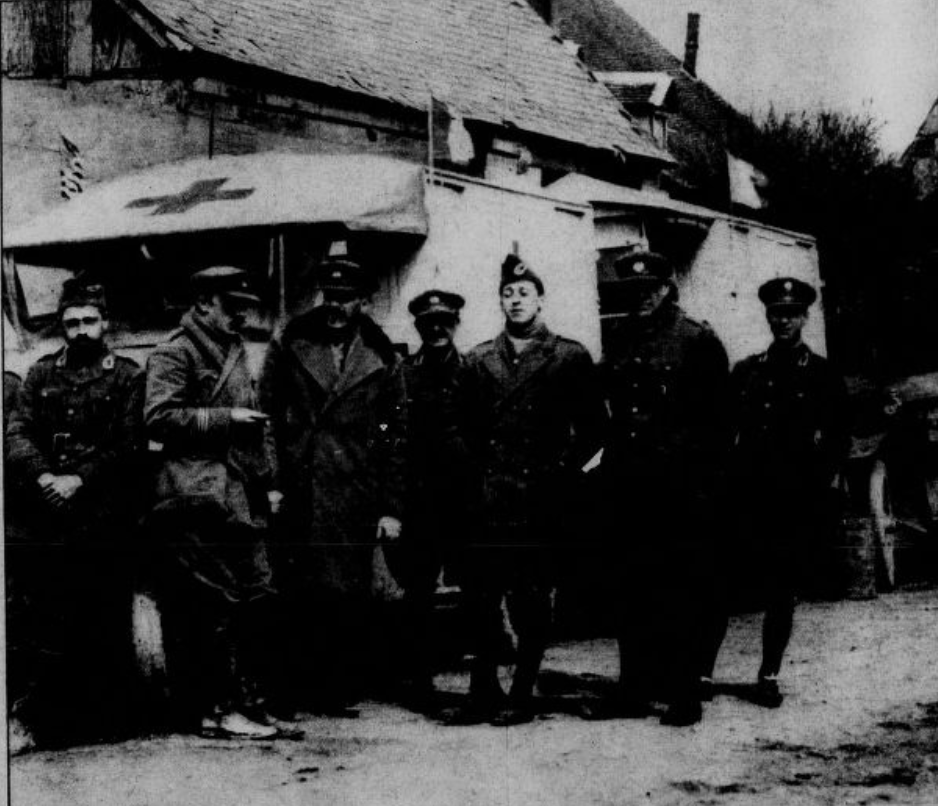
Civil War Advancements
America’s Civil War (1861-1865) brought about many medical advances, including the world’s first modern ambulance system.
Medical director Dr. Jonathan Letterman organized to have two horse-drawn ambulances for every regiment of 500 infantrymen.
In 1864, a year before the end of America’s Civil War, the Geneva Convention declared that military ambulances were neutral parties in wartime and should not be targeted by weapons.
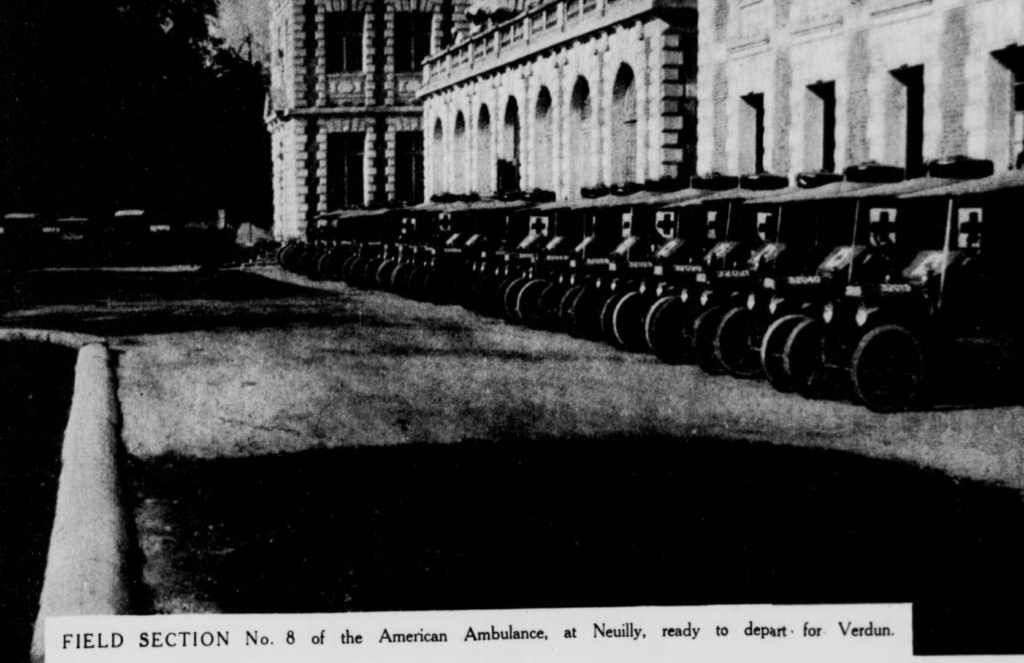
Ohio Ambulances for Civilians
Another good thing happened during the Civil War. In Cincinnati, Ohio, the Commercial Hospital created the first civilian ambulance service.
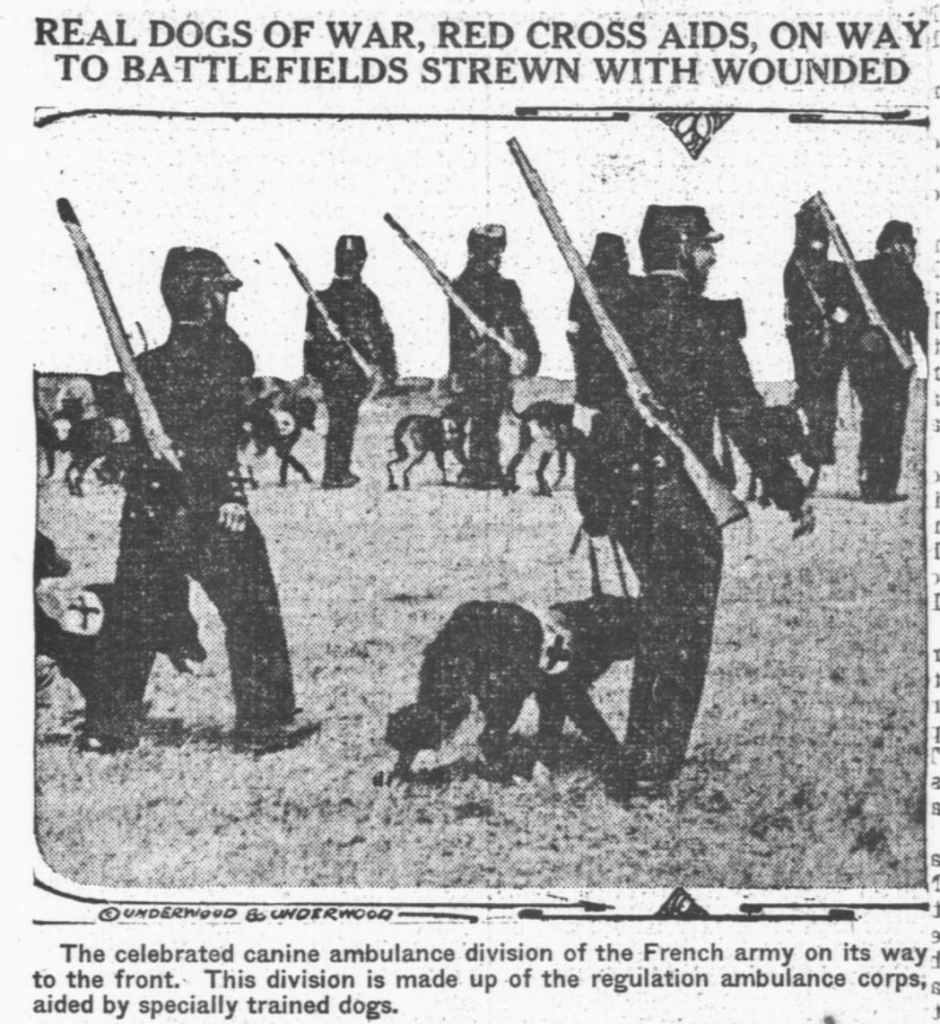
Hot Air Balloons
During the Siege of Paris (1870-1871), hot air balloons were used to rescue the wounded. Unfortunately, this did not work out too well due to wind conditions. As a result, many wounded were left waiting for help that never arrived.
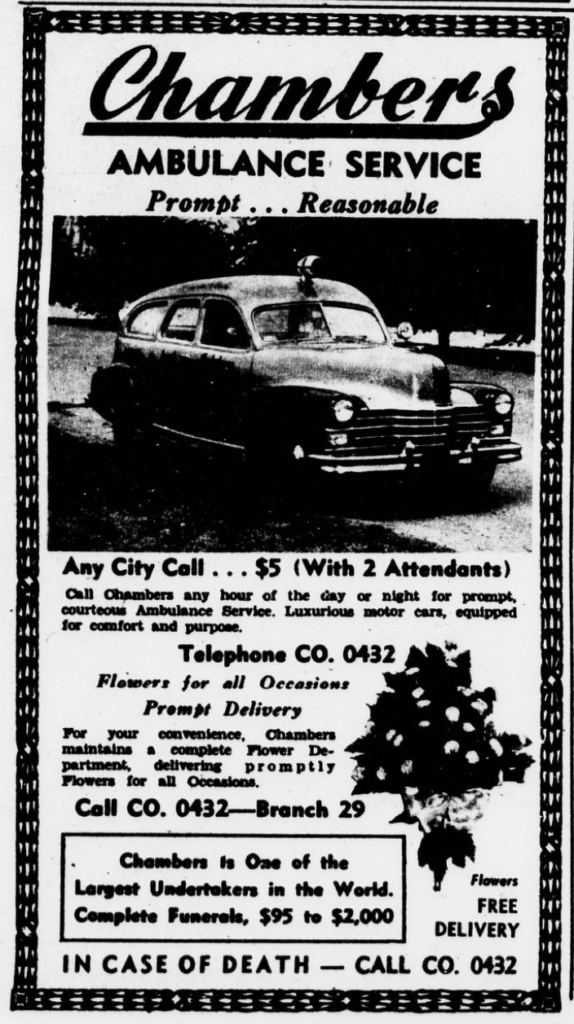
Ambulances Owned by Funeral Directors
Americans saw a rise in civilian ambulance services in the 1930s. But, strangely enough, many ambulance services were owned by funeral directors.
This is something to ponder as one heads to the hospital.

